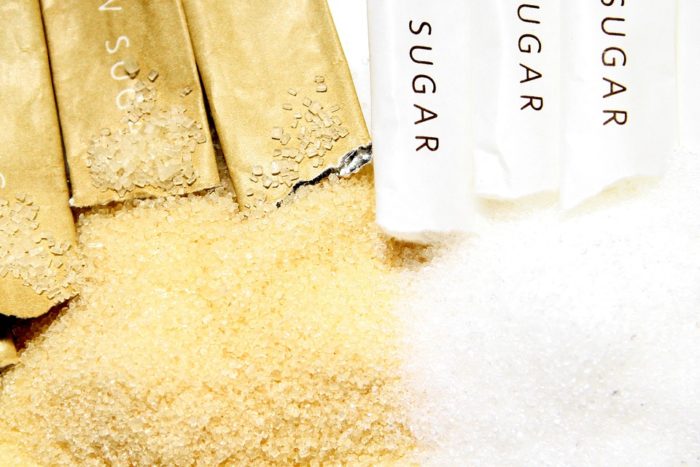Menopause is a natural transition in a woman’s life, typically occurring between ages 45–55. While it marks the end of menstruation, it often comes with a range of physical and emotional changes—some of which can catch even the healthiest women off guard.
From hot flashes to fatigue to stubborn weight gain, menopause can feel like an uphill battle. But here’s the empowering news: regular exercise can significantly ease symptoms, improve mood, and protect long-term health. In fact, it may be one of your best tools for thriving through this stage of life.
Why Exercise Matters During Menopause
During menopause, estrogen levels decline, and that shift can cause:
- Bone density loss – Estrogen helps keep bones strong, so its decline can increase the risk of osteoporosis and fractures.
- Loss of muscle mass and strength – Women naturally lose lean muscle as they age, but menopause can accelerate this loss.
- Slower metabolism and weight gain – Hormonal changes often cause women to gain abdominal fat more easily.
- Mood swings and fatigue – Estrogen influences neurotransmitters like serotonin and dopamine, which affect mood, sleep, and energy levels.
- Staying active helps counteract all of these effects, improving both physical and emotional well-being.
Best Types of Exercise for Menopausal Women
- Strength Training – Builds lean muscle mass, boosts metabolism, and supports bone health. Try lifting weights, using resistance bands, or doing bodyweight exercises like squats and pushups 2–3 times per week.
- Cardiovascular Exercise – Improves heart health, supports weight management, and boosts mood. Brisk walking, biking, swimming, or low-impact aerobics are all great options for menopausal women.
- Mobility and Balance Work – Enhances joint flexibility and stability while reducing fall risk. Incorporate yoga, Pilates, tai chi, or simple balance drills (like standing on one foot) to protect your joints and posture.
- Interval Training (HIIT) – Efficiently burns fat, improves endurance, and combats age-related decline in VO2 max. These short bursts of high-intensity exercise followed by rest periods are a time-saving way to stay fit.
Exercise and Mental Health Benefits
Menopause doesn’t just affect your body—it affects your brain, too. Many women experience symptoms like anxiety, depression, brain fog, or sleep disruptions. The good news? Exercise helps here as well:
- Boosts mood by increasing endorphins and serotonin
- Improves sleep quality and helps regulate your circadian rhythm
- Reduces stress and improves resilience to daily challenges
- Increases confidence by helping you feel strong and capable in your body
Sample Menopause-Friendly Workout Routine
Here’s an example of a well-rounded weekly schedule:
Monday
Full-body strength training (30 minutes) – focus on compound movements like squats, rows, and presses
Tuesday
Low-impact cardio (30 minutes) – brisk walk, elliptical, or water aerobics
Wednesday
Rest or light stretching – gentle yoga or foam rolling
Thursday
Interval training (20–25 minutes) + 10-minute mobility flow
Friday
Pilates or barre class – builds core strength and stability
Saturday
Outdoor hike or recreational activity – mix fun with fitness
Sunday
Rest, mindful walking, or meditation – prioritize recovery
When to Talk to Your Provider
If you’re struggling with fatigue, joint pain, or don’t know where to begin, talk to your primary care provider. They can:
- Help tailor a plan based on your current health and activity level
- Address symptoms that might be holding you back
- Recommend screenings for bone density, heart health, and hormone levels
You don’t have to do this alone.
The Bottom Line
Menopause is a powerful shift—but it doesn’t have to sideline your strength, energy, or confidence. Movement is medicine, and the right exercise plan can help you stay strong at every stage.Whether you’re new to fitness or a lifelong athlete, your body is worth the investment—today, tomorrow, and for the years ahead.




